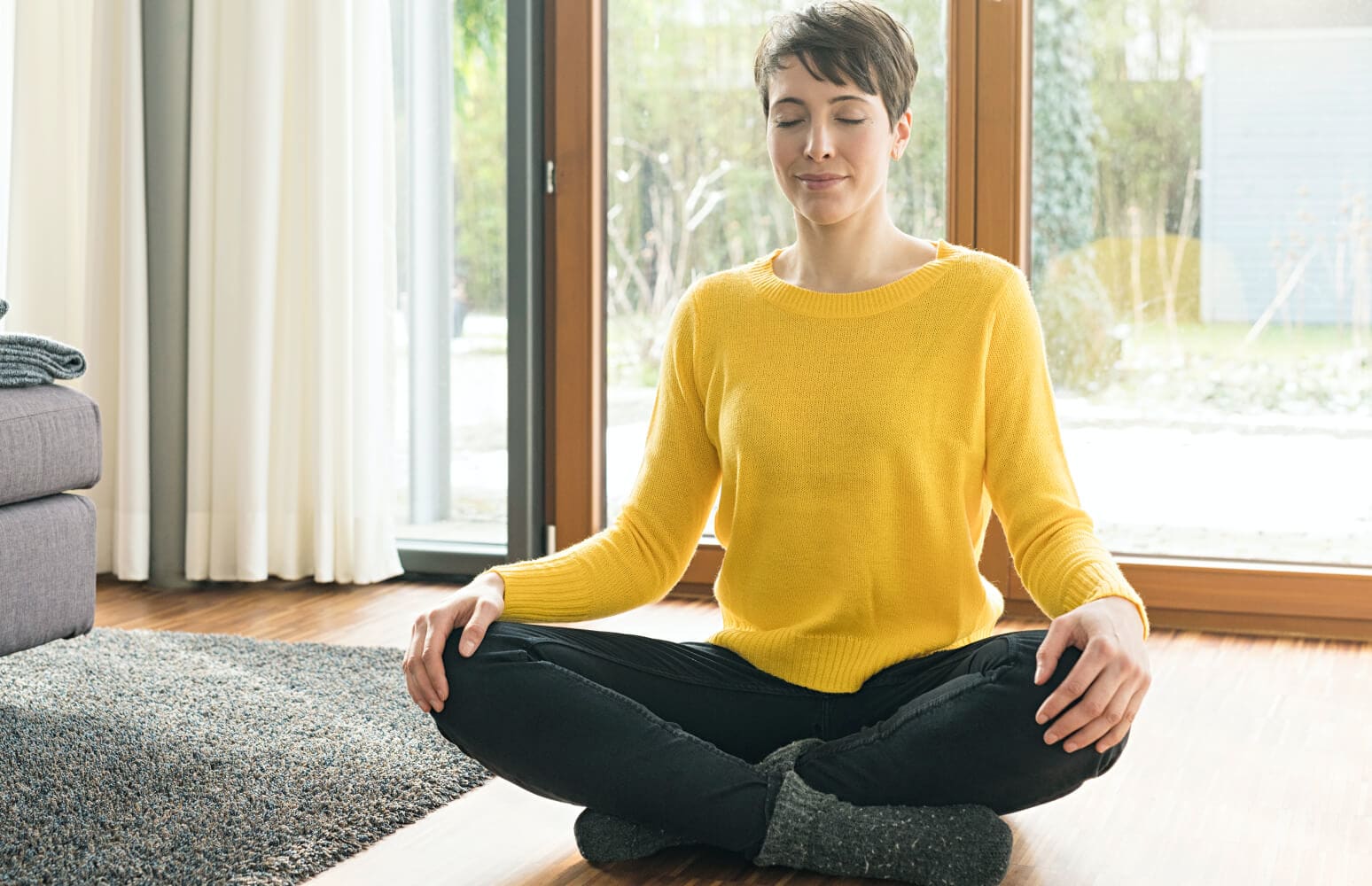This content was produced for the foundry @ Meredith Corp. Health editorial staff was not involved in its creation or production.
horizons
What’s Your Meditation Type?
The practice of meditation is so much more than just sitting perfectly still or quieting your mind. Here’s how to discover a method that works for you
All forms of meditation work in a similar way: you choose something to focus on—your breath, an image—and when your mind wanders, you gently bring it back. The key is finding the right kind of practice for you. Here’s a snapshot of four popular types. Take your pick!
1. Mindful meditation
Mindfulness is about being aware of your thoughts, emotions and environment in a nonjudgmental way; you’re staying in the present and observing everything you’re feeling and thinking. “Mindfulness is about accepting our feelings and thoughts as they are,” says Michelle Becker, a marriage and family therapist and mindfulness teacher in California.
You can do this anywhere: at home, in the office or on hold with customer service. Begin by focusing on your breath. Each time your mind drifts, bring your attention back. Don’t criticize. Instead of thinking, “I’m so bad at this,” think, “Ah, welcome back.”
2. Mantra meditation
This technique involves choosing a mantra: typically a one- or two-syllable sound or word that you silently repeat to yourself. This allows you to be in a restful yet alert state, says Anjali Bhagra, M.D., associate professor of medicine and chair of education at Mayo Clinic’s Integrative Medicine and Health program.
Sit in a comfortable position and begin silently repeating your word. “Om” is a popular one, but choose any word or sound that you like. As you become more practiced, you may make your mantra a virtue you’d like to have more of, such as patience, compassion or joy.
3. Walking meditation
This is basically an on-the-go form of mindful meditation—but instead of focusing awareness on your breath, you’re noticing the sensations of walking, says Becker. She suggests practicing in your backyard to start off. Eventually, you can move to somewhere calm like a nature preserve, then start weaving it into your daily life: walking mindfully across the parking lot to your office or while shopping, for instance.
Start in a standing position, noticing how your feet feel. Do you feel pressure where your feet are in contact with the ground? Then, start walking—paying attention to how your weight shifts from one side of your body to the other. Notice how it feels as you lift your foot, place your heel down, prepare for your next step. Continue walking. Any time your mind wanders, gently bring it back.
4. Guided meditation
This is based on the theory that your body can respond to imagery as it would to a genuine experience. (Need proof? Imagine yourself sucking on a lemon right now.) Guided meditation typically uses a script to walk you through a relaxing, enjoyable scenario to promote calm.
With each breath, imagine yourself inhaling relaxation and exhaling tension. As your body relaxes, picture yourself at the beach or another calming, pleasant place. Imagine the scene in detail, using all of your senses: feel the sun’s rays warming your skin and the sand between your toes; listen to the waves crashing; see the bright blue sky
As previously posted on Better Homes & Gardens.com



